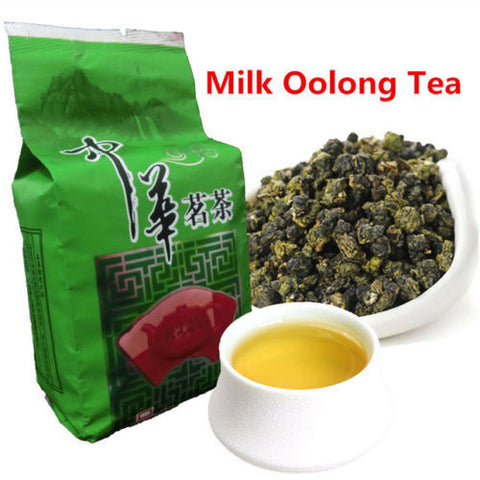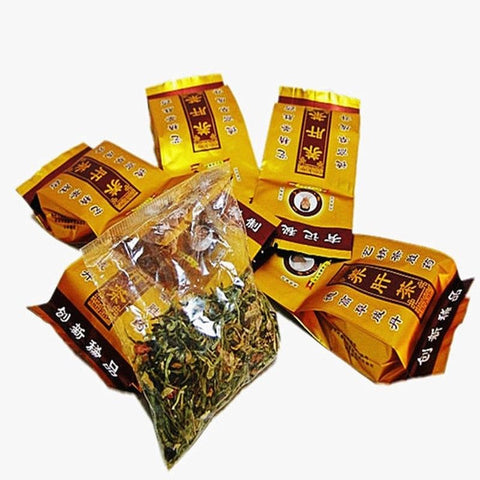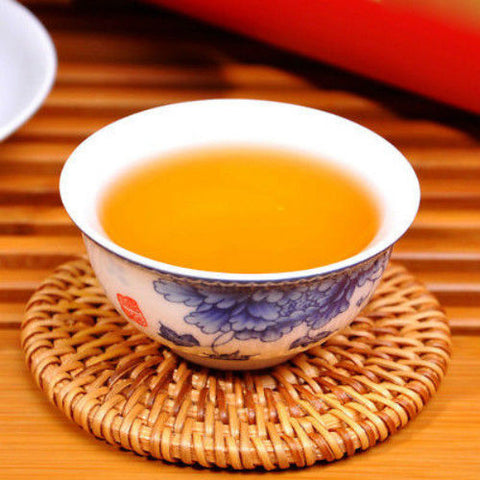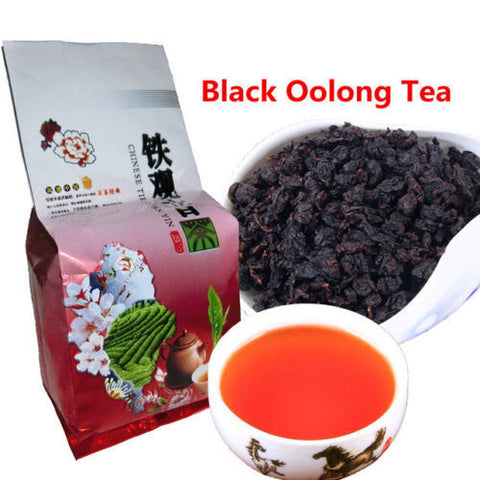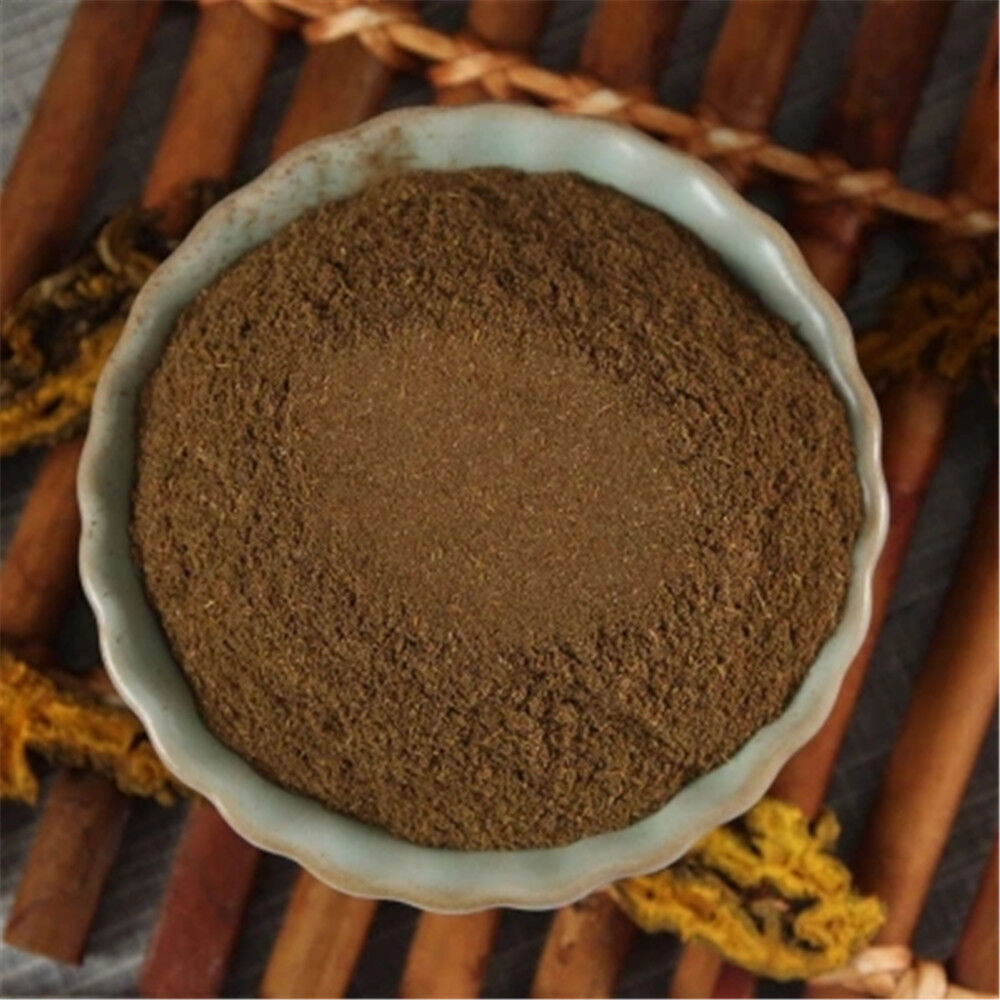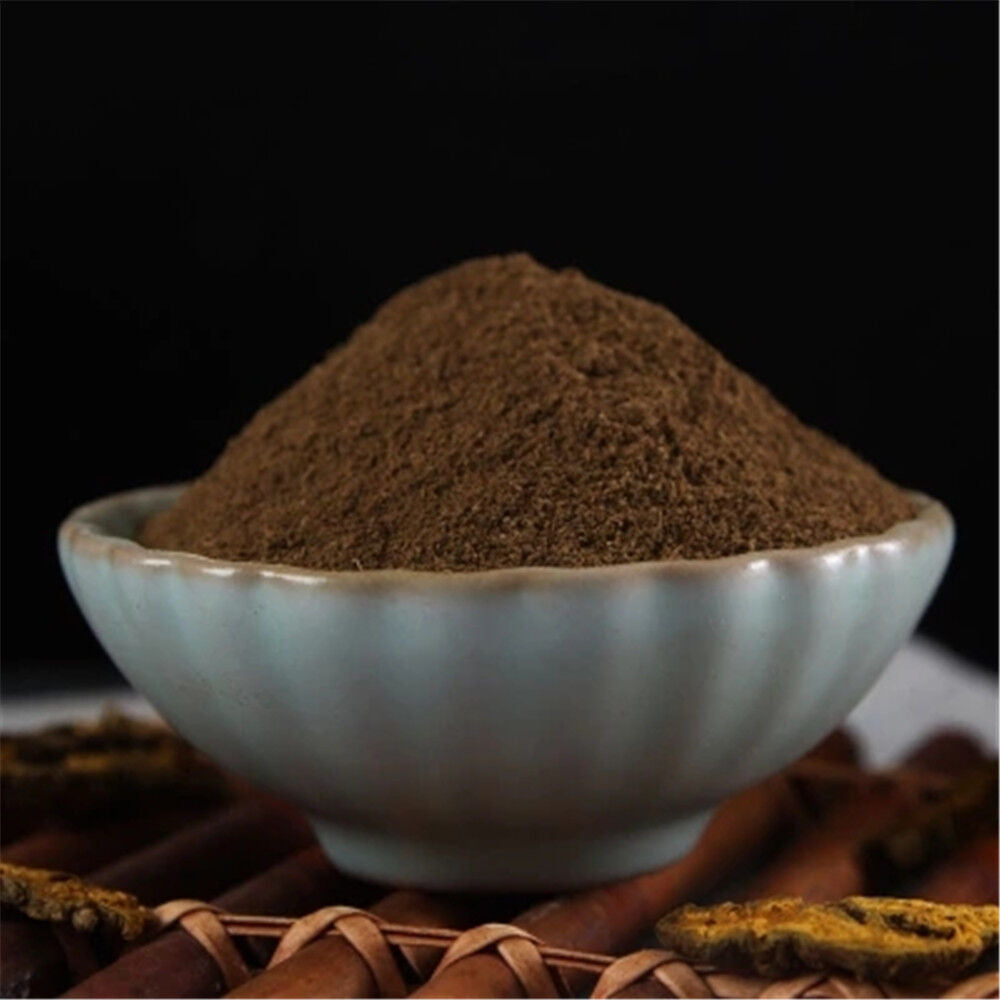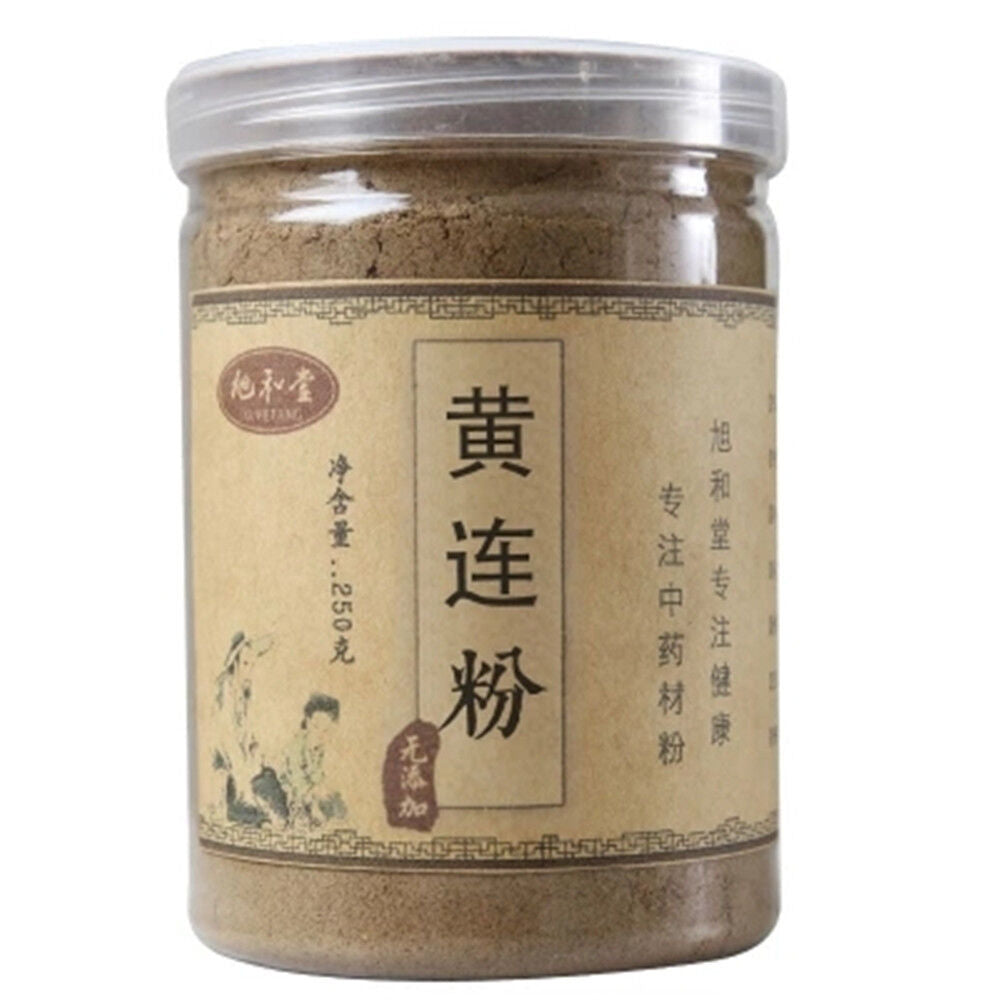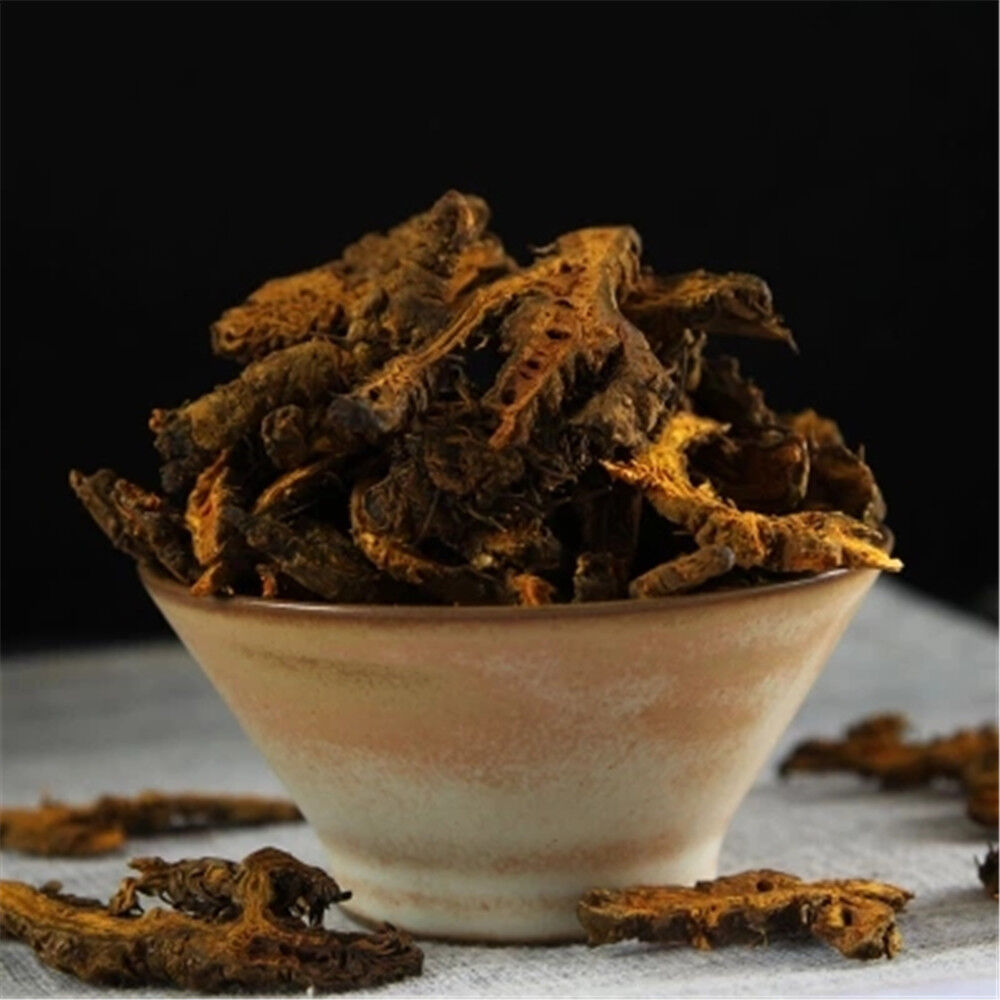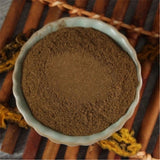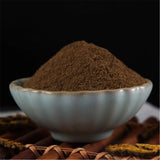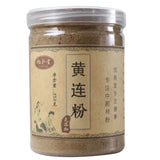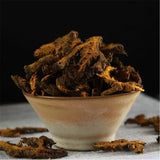100% Pure Rhizoma Coptidis Goldthread Powder Huang Lian Powder Chinese Herb 250g
2
sold in last
8
hours
Limited-Time Offers, End in:
$25.16
Introduction: Speaking of coptis root, which is also known as rhizoma coptidis and Huang Lian, bitterness may be the first thing that comes to mind for most people. Its bitterness is so strong and distinct that seemingly its bitterness could even sting your eyes when you lay your eyes on...
customers are viewing this product
Introduction:
Speaking of coptis root, which is also known as rhizoma coptidis and Huang Lian, bitterness may be the first thing that comes to mind for most people. Its bitterness is so strong and distinct that seemingly its bitterness could even sting your eyes when you lay your eyes on it. No wonder in China there is a widespread old saying, “The dumb man eating the coptis herb – he had to suffer the bitterness in silence.” As you may know, this is one of commonly used Chinese herbs, which was initially recorded in the Shennong Bencao Jing (Shennong Emperor’s Classic of Materia Medica) and listed as one of the best herbs. Today this herb becomes one of the 40 kinds of large bulk herbs and also one of the 30 kinds of most valuable Chinese herbal medicines. It is quite normal that you have an aversion to the bitter flavor as bitterness would stomp on the back of your tongue. However, you may not know the fact that the extensive coptis medicinal uses actually derive from this unsavory taste – bitter pills may have blessed effects. As it turns out, coptis is that type of blessed herb used for a variety of diseases, especially for gastrointestinal disorders.
What is coptis?
Medicinally it mainly means the dried root and rhizome of Coptis chinensis Franch. (Wei Lian), Coptis deltoidea C. Y. Cheng et Hsiao (Ya Lian), or Coptis teeta Wall. (Yun Lian), which are plants in the family Ranunculaceae. Therefore, other common names of this herb are coptis rhizome, rhizoma coptidis, Chinese gold thread, Chuan lian, coptidis rhizoma, coptis chinensis root, coptis goldthread, etc. Commercially most of them are from cultivation and mainly produced in Sichuan, Yunnan, and Hubei. The one collected during autumn is usually considered superior medicinally. And after the harvest, it needs to remove its fibrous roots and dirt attached and dried. And it is used raw, fried alone, or processed with ginger juice, rice wine, or evodia decoction.
The plant of coptis chinensis is a perennial herb. Root & rhizome is yellow, branched often, and densely covered with many fibrils. All leaves are basal. Petiole is from 5 to 16cm. Blade is papery, ovate-triangular, 10cm wide, and 3-lobed. Flower stems are 1 to 2 in number, equal or longer to leaf in length. Dichotomous or pleiochasium cyme has 3 to 8 flowers. Bracts are lanceolate and 3 to 5 pinnatipartite. Seeds are 7 to 8 pieces, oblong, about 2mm, and brown. Its flowering period is from February to April and fruiting period from March to June.


Speaking of coptis root, which is also known as rhizoma coptidis and Huang Lian, bitterness may be the first thing that comes to mind for most people. Its bitterness is so strong and distinct that seemingly its bitterness could even sting your eyes when you lay your eyes on it. No wonder in China there is a widespread old saying, “The dumb man eating the coptis herb – he had to suffer the bitterness in silence.” As you may know, this is one of commonly used Chinese herbs, which was initially recorded in the Shennong Bencao Jing (Shennong Emperor’s Classic of Materia Medica) and listed as one of the best herbs. Today this herb becomes one of the 40 kinds of large bulk herbs and also one of the 30 kinds of most valuable Chinese herbal medicines. It is quite normal that you have an aversion to the bitter flavor as bitterness would stomp on the back of your tongue. However, you may not know the fact that the extensive coptis medicinal uses actually derive from this unsavory taste – bitter pills may have blessed effects. As it turns out, coptis is that type of blessed herb used for a variety of diseases, especially for gastrointestinal disorders.
What is coptis?
Medicinally it mainly means the dried root and rhizome of Coptis chinensis Franch. (Wei Lian), Coptis deltoidea C. Y. Cheng et Hsiao (Ya Lian), or Coptis teeta Wall. (Yun Lian), which are plants in the family Ranunculaceae. Therefore, other common names of this herb are coptis rhizome, rhizoma coptidis, Chinese gold thread, Chuan lian, coptidis rhizoma, coptis chinensis root, coptis goldthread, etc. Commercially most of them are from cultivation and mainly produced in Sichuan, Yunnan, and Hubei. The one collected during autumn is usually considered superior medicinally. And after the harvest, it needs to remove its fibrous roots and dirt attached and dried. And it is used raw, fried alone, or processed with ginger juice, rice wine, or evodia decoction.
The plant of coptis chinensis is a perennial herb. Root & rhizome is yellow, branched often, and densely covered with many fibrils. All leaves are basal. Petiole is from 5 to 16cm. Blade is papery, ovate-triangular, 10cm wide, and 3-lobed. Flower stems are 1 to 2 in number, equal or longer to leaf in length. Dichotomous or pleiochasium cyme has 3 to 8 flowers. Bracts are lanceolate and 3 to 5 pinnatipartite. Seeds are 7 to 8 pieces, oblong, about 2mm, and brown. Its flowering period is from February to April and fruiting period from March to June.



